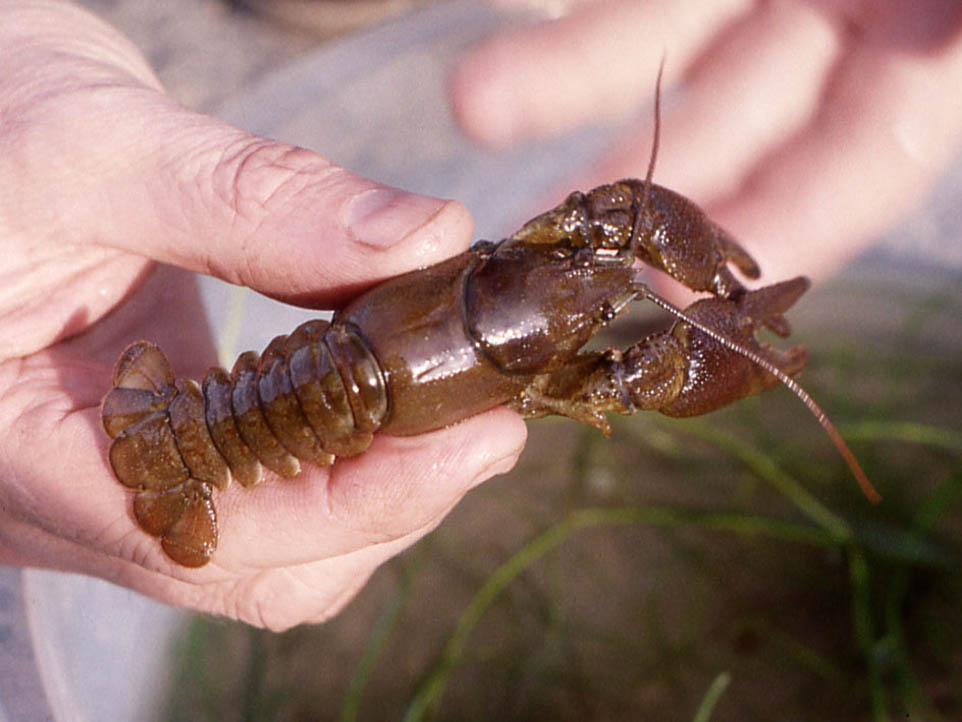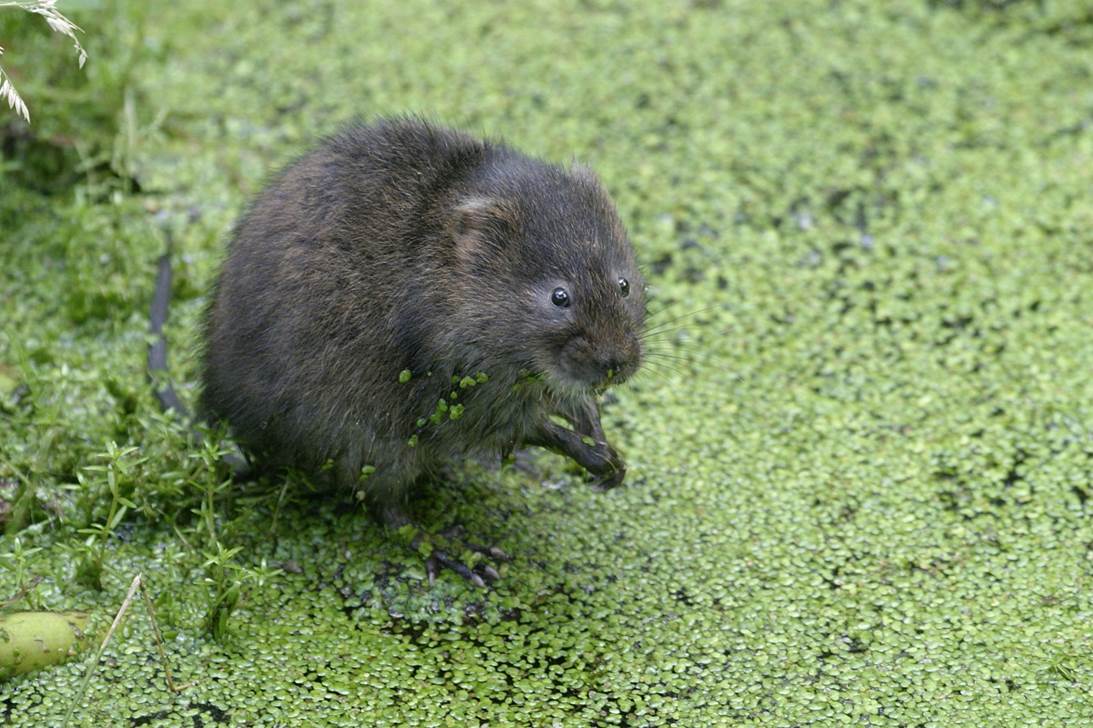The Ryevitalise – Landscape Partnership Scheme
A spokesperson for the North York Moors National Park Authority, one of the partners of Ryevitalise – Landscape Partnership Scheme, tells us that they love Ryevitalise because it looks at landscape holistically and invests in a long term approach to achieve change.
The project runs from 2019 – 2023 and covers the upper catchment of the River Rye, which covers 160 square miles (413 sq km) and 532 miles of watercourses. The Ryevitalise project aims to conserve, enhance and restore the natural and cultural heritage of the area.
Why was the project needed?
Much of the Rye’s natural and cultural heritage is in decline. There is a need to address this and to reconnect people to the river environment.
Iconic species have been lost and the water environment is failing. There are 17 waterbodies in the upper Rye catchment. At least 4 of these are poor for water quality and 9 of these are only ‘moderate’.
Climate change is one of the drivers of this decline and its impacts:
-
cause flooding and drought – these extreme weather conditions will then cause erosion
-
reduce water quality and increase sediment in the streams and the river,
-
further habitat fragmentation and threaten the survival of iconic species like the white clawed crayfish that depend on these habitats,
-
increase the spread of invasive non-native species or disease such as ash dieback or crayfish plague.
What changes have you made?
On the ground this includes improving the river environment by, for example,
-
native tree planting around river banks to stabilise the soils,
-
fencing these areas off in a “riparian strip” to help with habitat connectivity,
-
working with land managers to manage grasslands for nature,
-
installing “natural flood management” and other “slow the flow” features in the upper catchment,
-
removing invasive species such as Himalayan balsam means that less bare ground is left on river banks which are then vulnerable to winter erosion,
-
working with local people / volunteers to survey ancient and veteran trees and survey for the rare alcathoe bat,
-
there is also a peat restoration project, peat being an incredible store of carbon,
-
we are also capturing people’s memories and their perceptions of landscape and wildlife change over time, inspiring the next generation.
Who are the project partners?
From the natural environment partners include:
-
The East Yorkshire Rivers Trust,
-
The Environment Agency,
-
Forestry England,
-
The Howardian Hills Area of Outstanding Natural Beauty (AONB),
-
The National Trust,
-
Natural England,
-
North Yorkshire County Council,
-
North York Moors National Park Authority
-
Ryedale District Council,
-
Yorkshire Derwent Partnership,
-
Yorkshire Water
-
Woodland Trust
The whole project is not possible without working in partnership with land managers, volunteers, local people and visitors to the area. Farmers are at the heart of nature recovery.
Did external funding support your changes? If so, where from?
Yes – National Lottery Heritage Fund
What are your future plans?
Helping people reconnect with a river catchment is a multi-generational project and so realistically there will be more work to do in the future. Working with groups of school children and young people we are training the nature conservationists of tomorrow, helping them understand river ecology and how to care for the river in the future.
How has this case study improved resilience to climate impacts?
A river without shade can heat up even a degree or two more than a river with shade in summer and this affects the amount of dissolved oxygen that the river can hold. This could lead to fish and other aquatic species being unable to survive. So, a river with shaded banks is much more resilient to climate change.
Preventing peat and soil erosion helps store carbon in the ground. Tree planting as well is a way of storing carbon.
Better management of water on farms can help agriculture be more resilient to drought, for example solar-powered water troughs for livestock to drink from instead of drinking from the river and poaching the ground.
Delaying the speed at which rainfall reaches tributaries and the main river can help reduce or delay flooding downstream in populated areas.
How has this case study benefited local people?
There are elements in the project about reconnecting people to the river and understanding the catchment better, including their impacts on the environment and understanding the past.
What would help others in Yorkshire and Humber to replicate your success?
Start off with a clear and aspirational vision and take the time to understand the role each partner will play in delivering the project.
Do you have a tip to share?
Don’t underestimate the importance of, or skimp on, the development stage of landscape scale change – working at such a massive landscape (river catchment) scale is the only way to solve some of the water issues.







